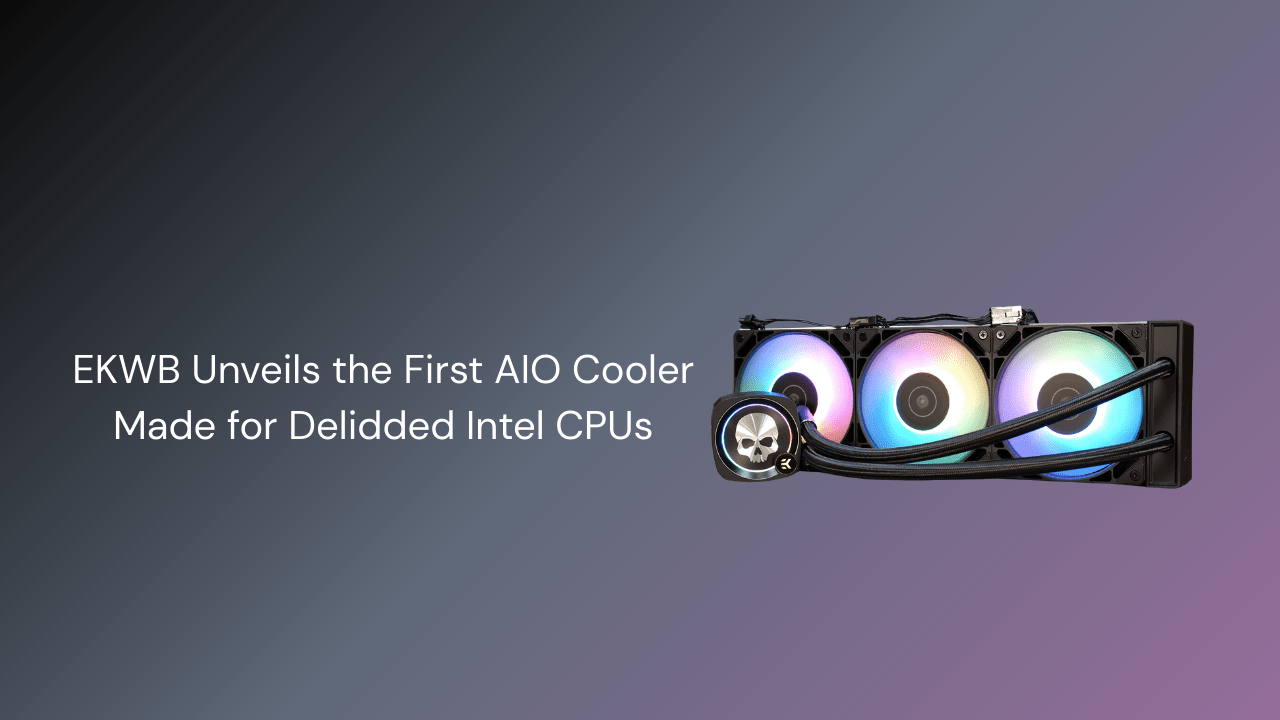When building or upgrading a PC, one of the most overlooked steps is applying the right thermal compound. Even though a CPU’s surface may appear perfectly flat, it actually contains microscopic gaps that can trap air, which is a poor conductor of heat. Thermal paste fills in those imperfections, creating a more direct path for heat to transfer from the processor to the cooler.
The most common type of thermal paste is silicone-based. This formula typically uses silicone oil mixed with zinc oxide and sometimes contains conductive particles like aluminum, silver, copper, or even diamond dust to improve performance. Silicone pastes are easy to apply, easy to clean, and safe to use with any cooler on the market. For everyday users, gamers, and even many professionals, this type of paste offers the ideal balance of convenience and effectiveness.
For those chasing maximum performance, liquid metal thermal compounds deliver far greater thermal conductivity. Some options can reach up to 80 W/mK compared to around 7.5 W/mK for silicone-based pastes. This dramatic difference allows CPUs to run cooler, which can improve stability and unlock higher overclocks. In some cases, enthusiasts go a step further by removing the integrated heat spreader and applying liquid metal directly onto the processor die. While this can achieve even better thermal performance, it also voids the warranty and should only be attempted by experienced builders.
The advantages of liquid metal come with serious risks. Its unique mix of gallium and indium can react with aluminum, causing it to corrode and weaken, which makes it incompatible with aluminum heat spreaders or cooler bases. Instead, it should be applied to nickel-plated or copper surfaces, though even copper may require reapplication over time due to diffusion. Liquid metal is also electrically conductive, which means improper application or spills can cause permanent damage. For that reason, the system must always be powered down, and any leftover residue carefully cleaned before use. Once applied correctly, the compound solidifies into a thin, highly efficient thermal layer.
Cleaning liquid metal requires patience. Start with a dry cloth or paper towel to remove as much as possible, then use isopropyl alcohol or a suitable cleaner to wipe away any remaining traces. This extra effort and maintenance is why liquid metal is considered an enthusiast-level product. For those who use it correctly, the reward is significantly improved cooling performance and potentially quieter operation.
Be quiet! designs several high-end cooling solutions that are optimized for liquid metal applications, including the DC2 Pro along with selected AIO liquid coolers and premium air coolers. It is important to check that no protective film or pre-applied paste is left on the cooler base before applying liquid metal. With the right preparation, pairing liquid metal with a compatible cooler can transform how effectively your system manages heat.


